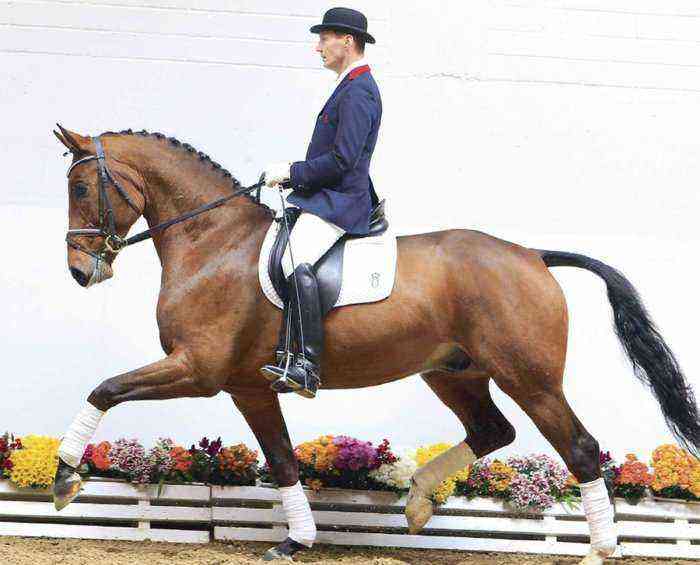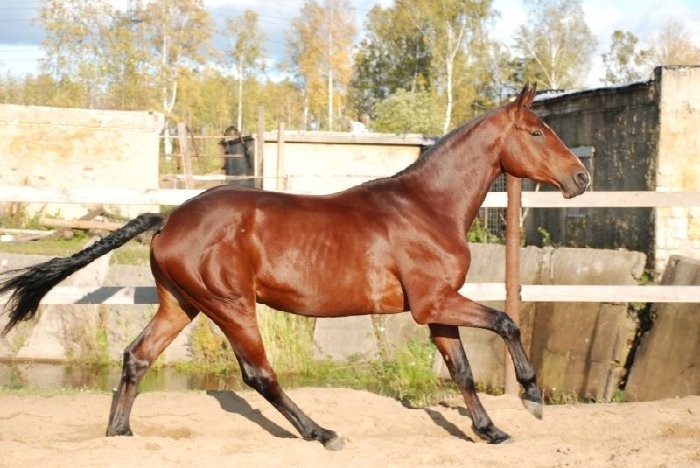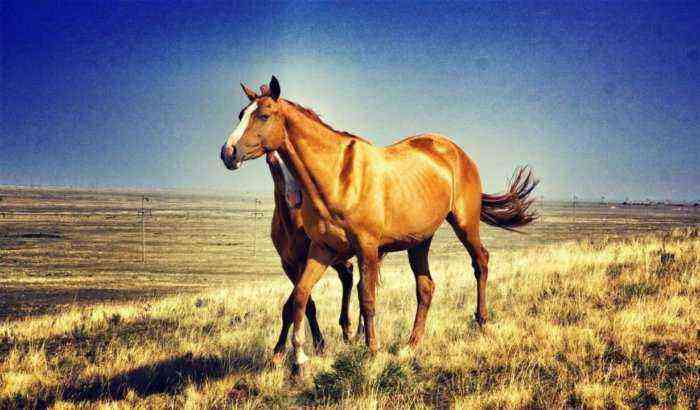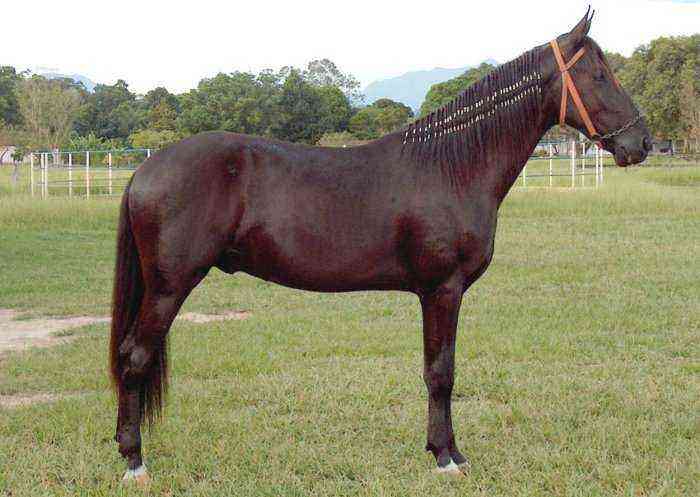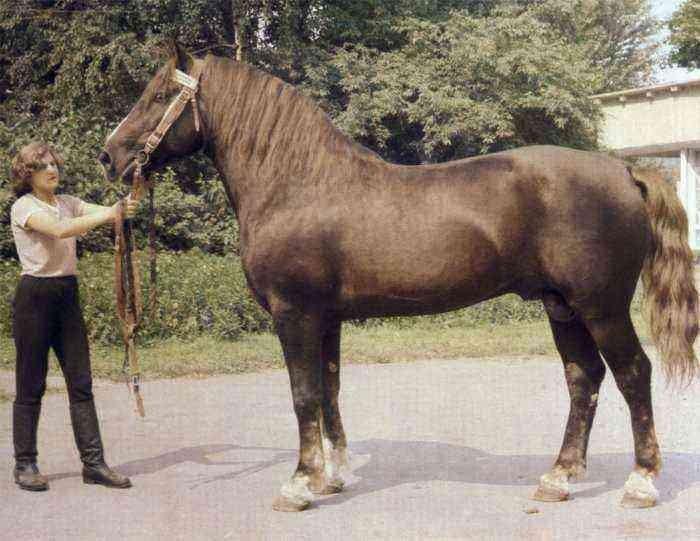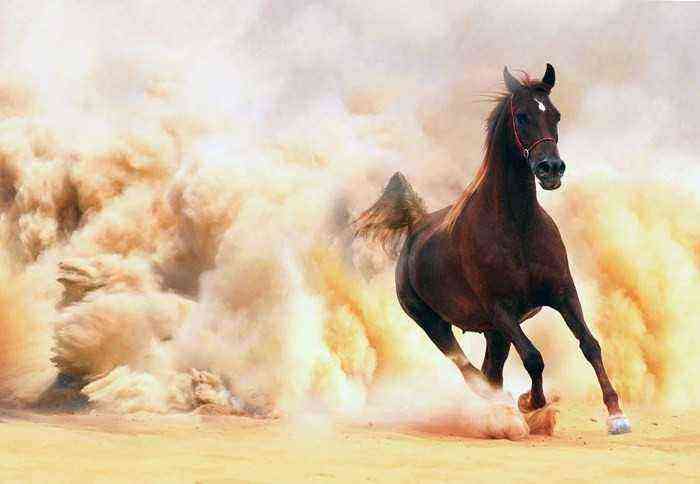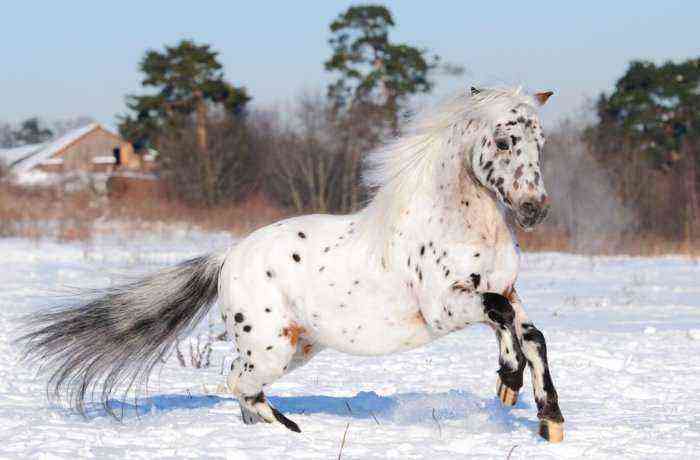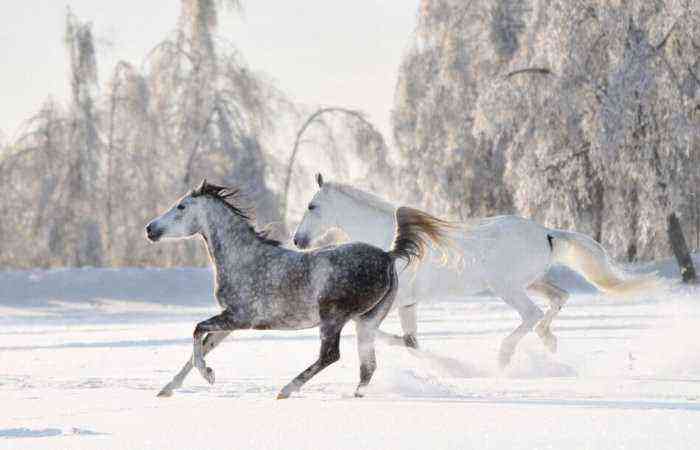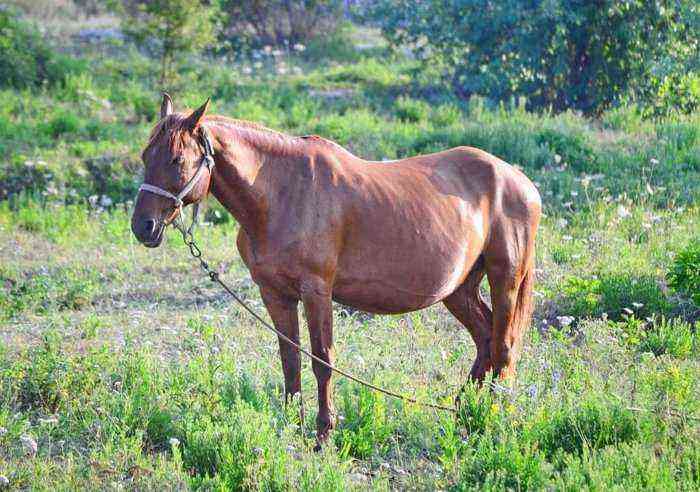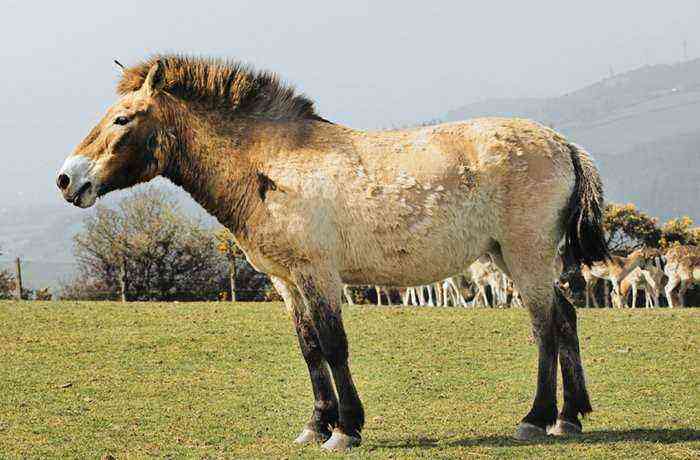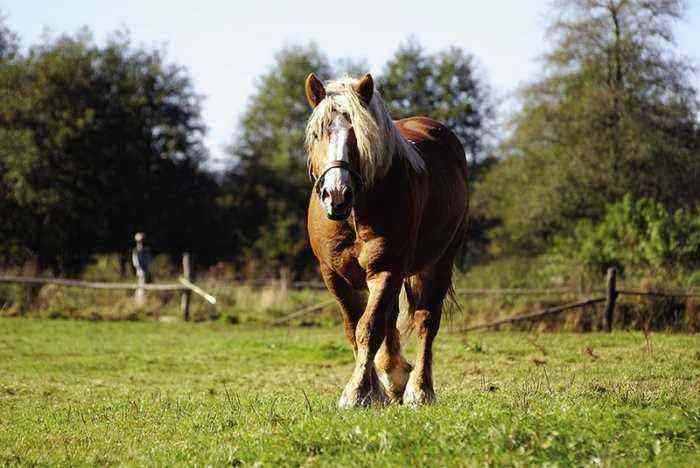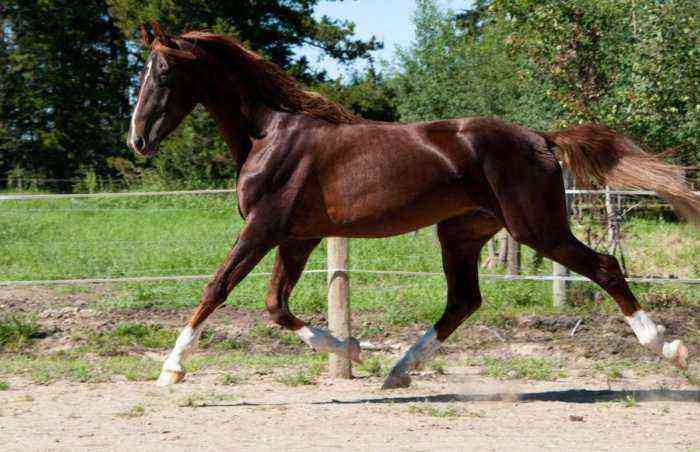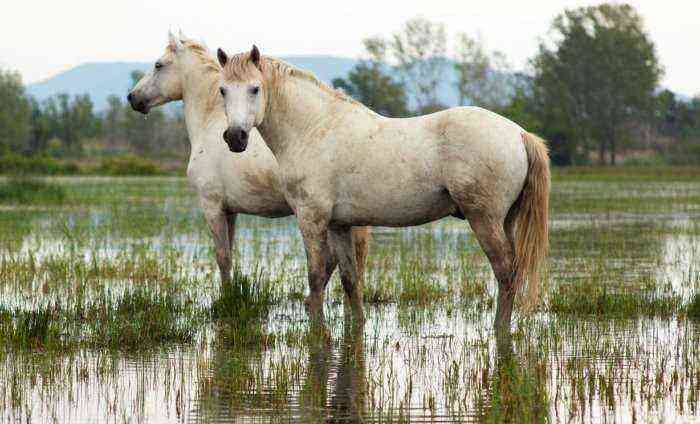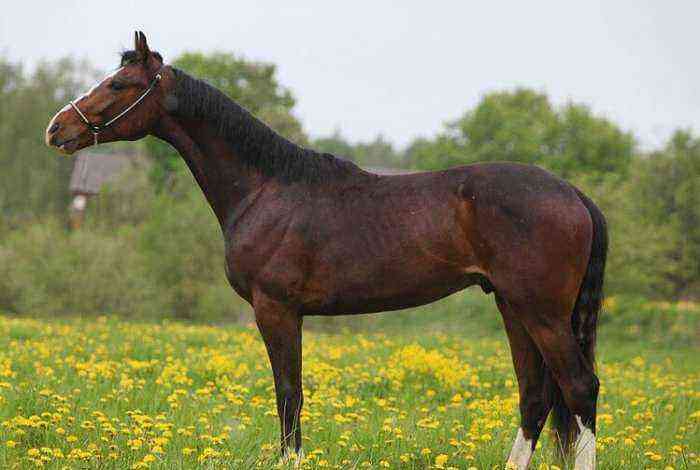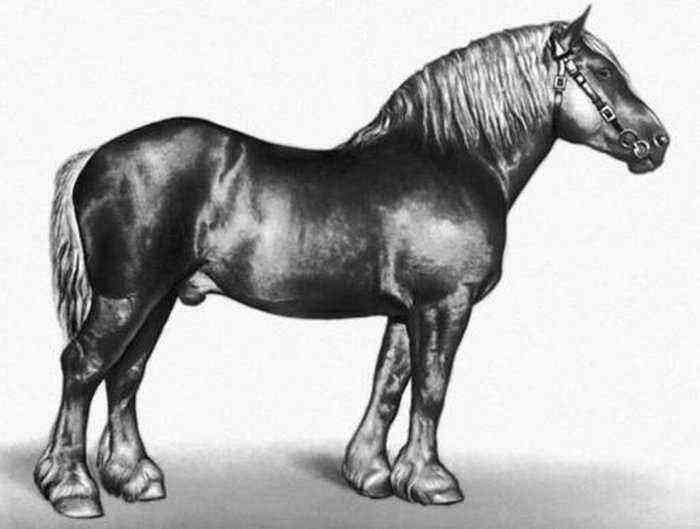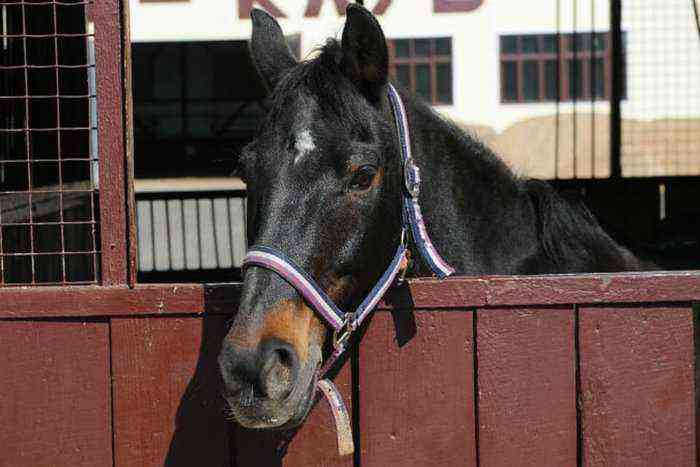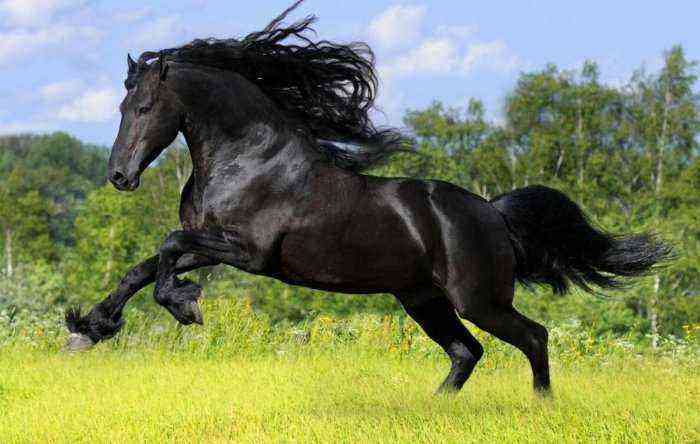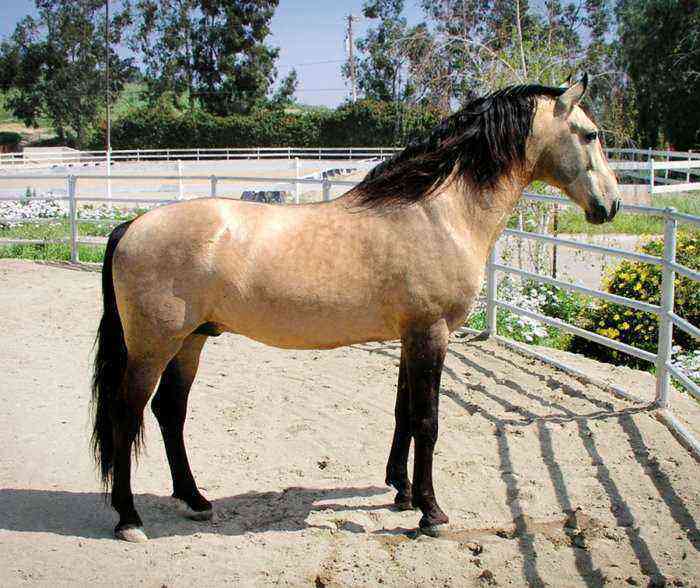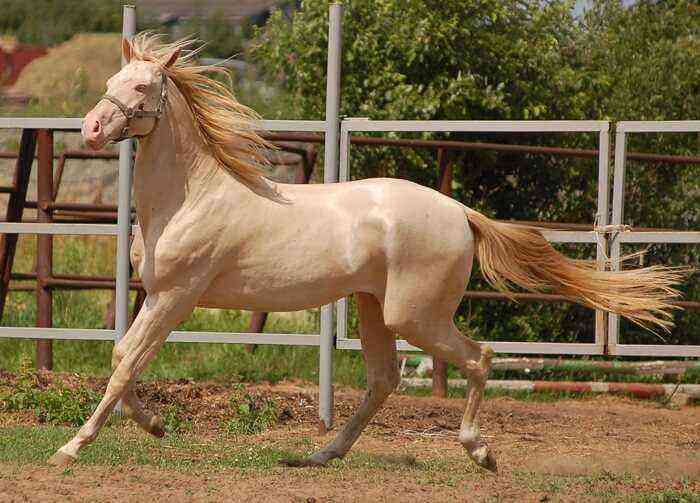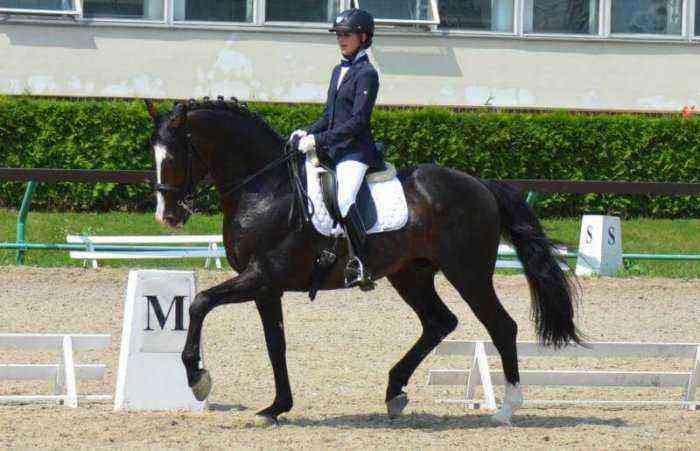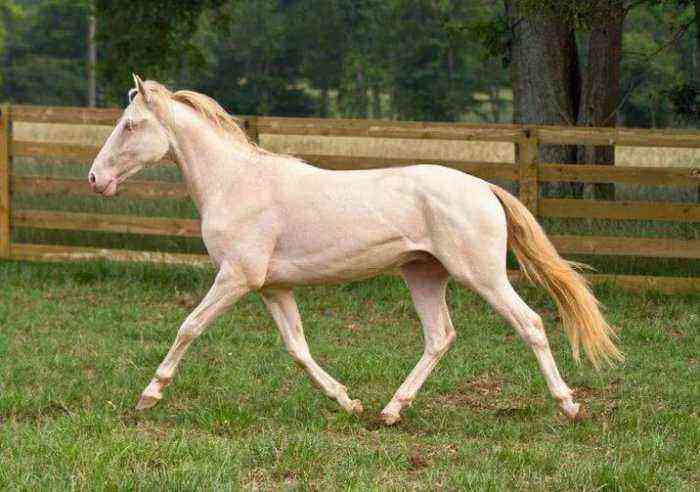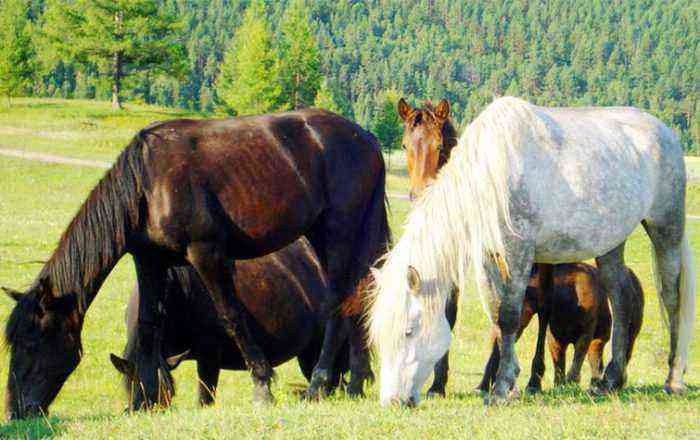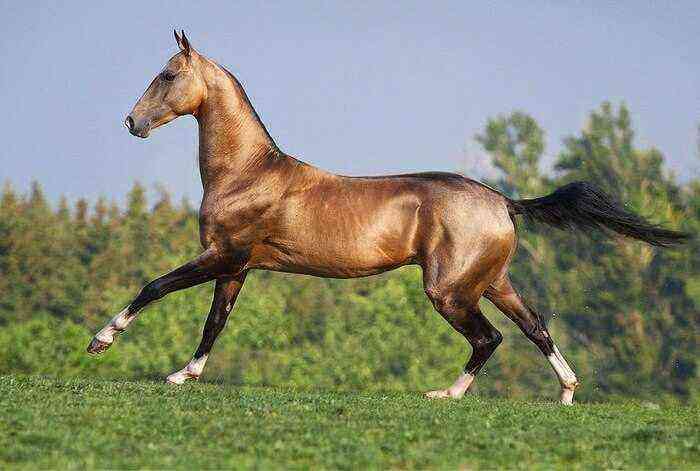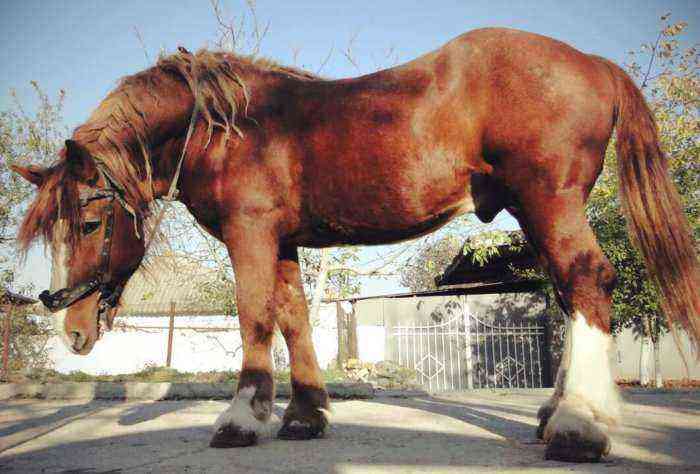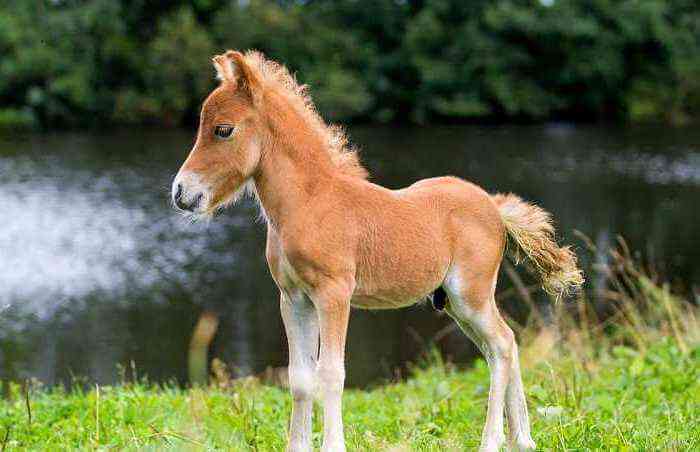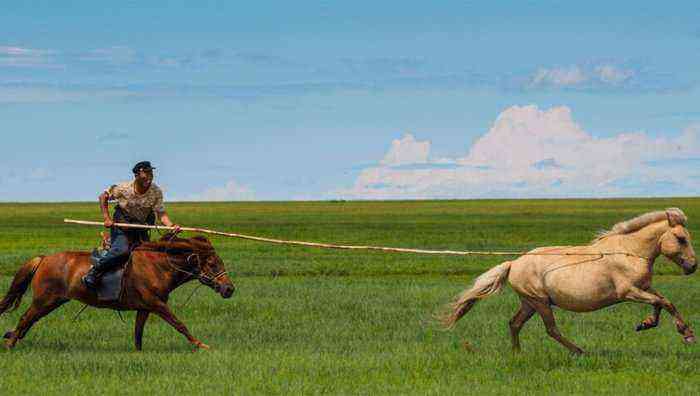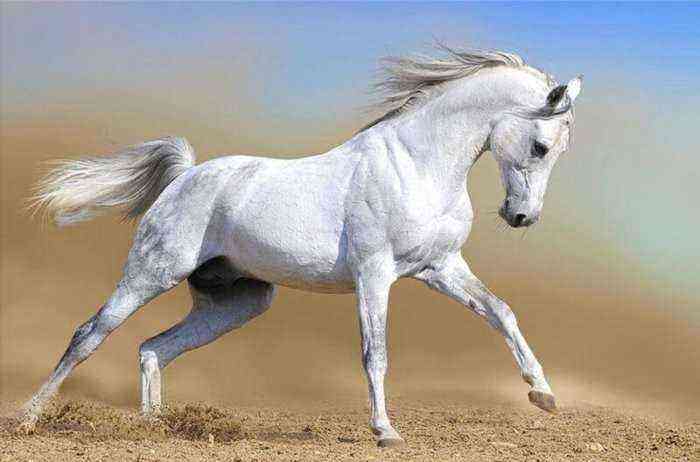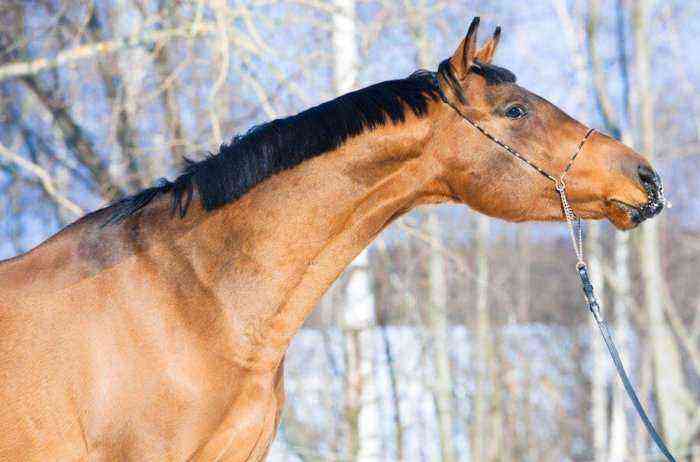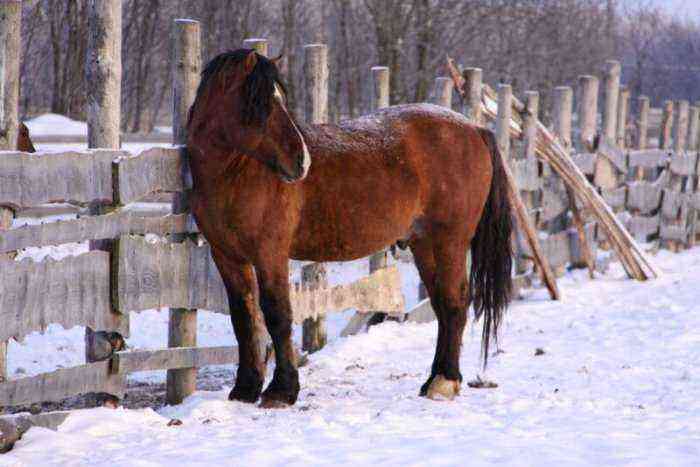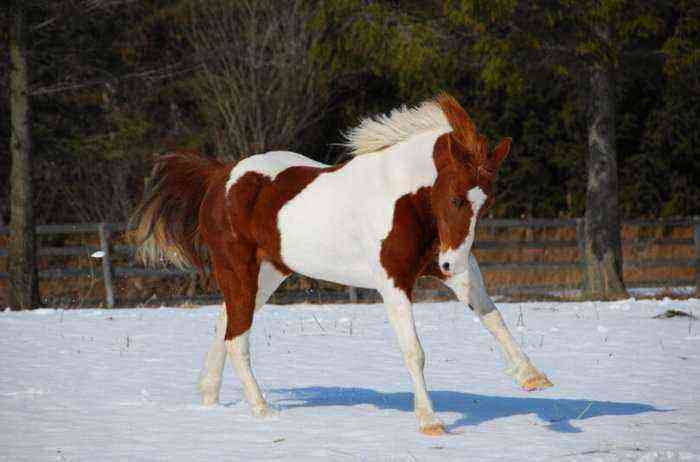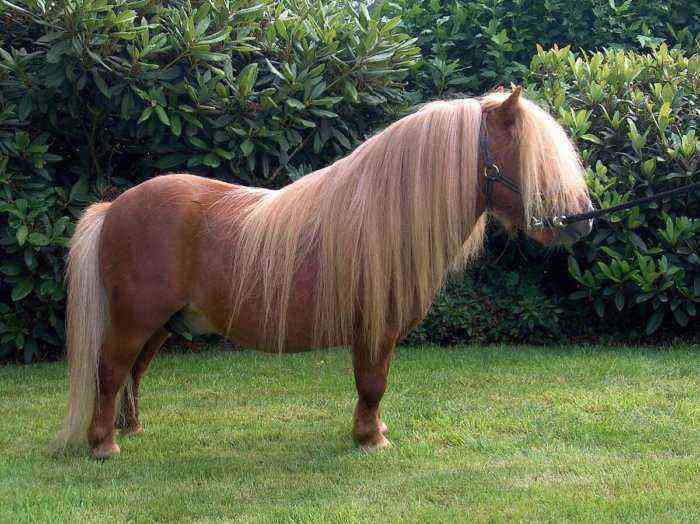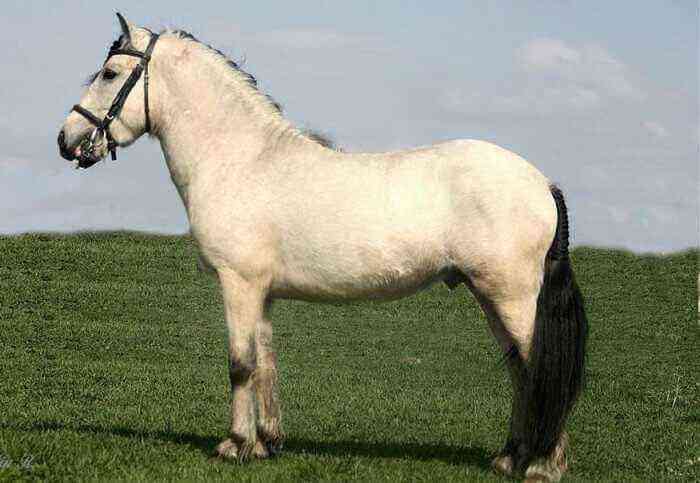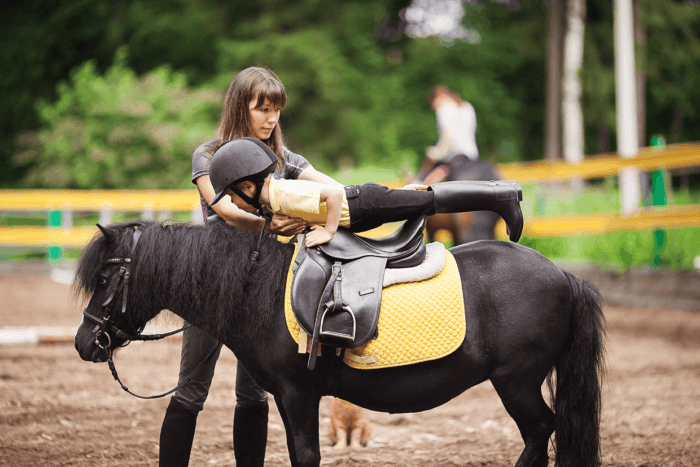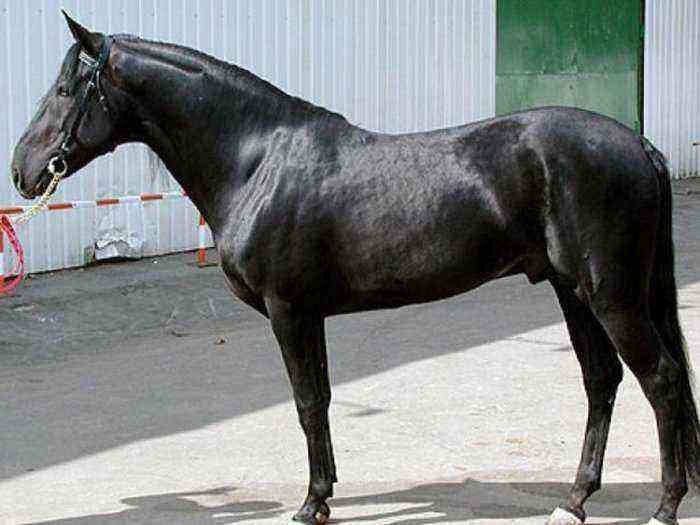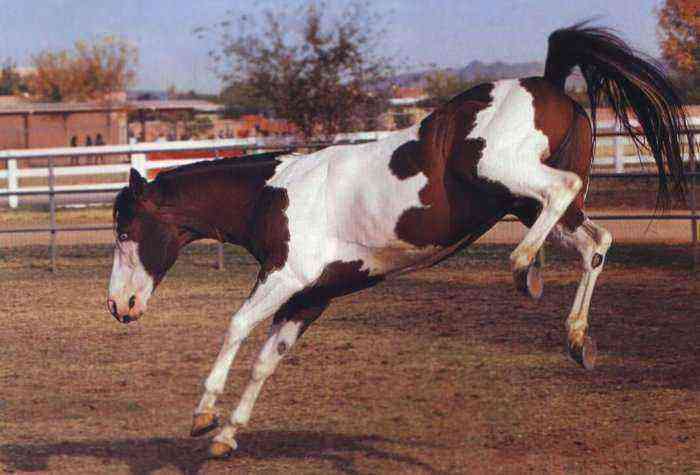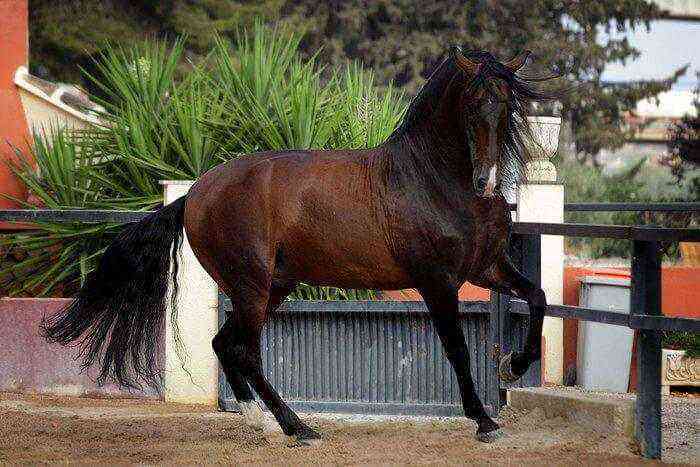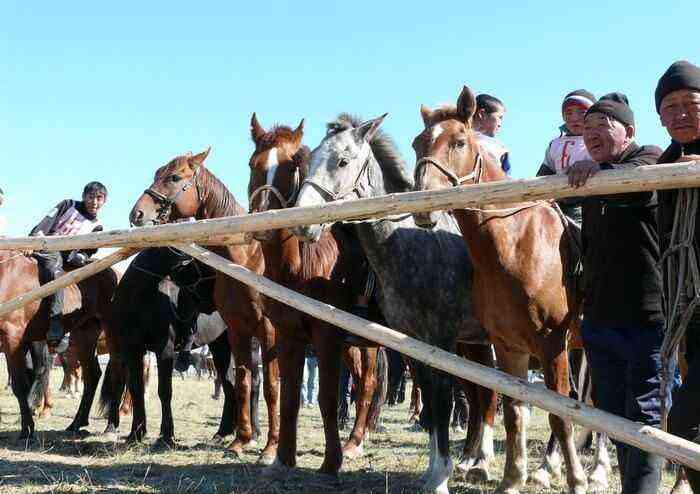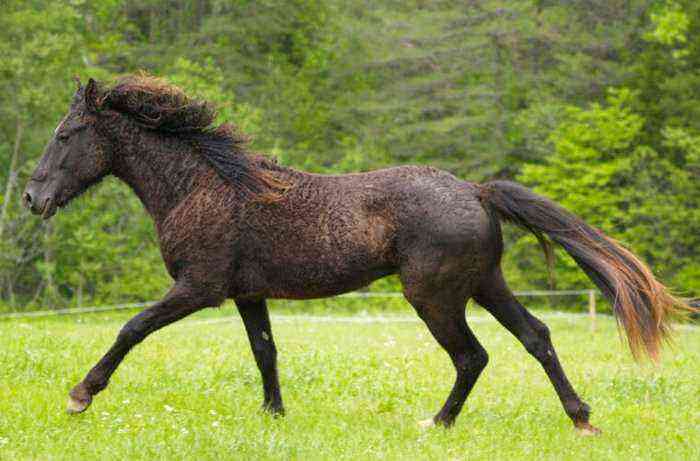The Oldenburg horse breed comes from Germany. It belongs to the warm-blooded species, bred on the basis of draft horses and thoroughbred horses. This horse became the ancestor of almost all currently existing sports breeds.
oldenburg horse
Historical information
In the 16th century, the county of Oldenburg needed strong and hardy horses, which at the same time would have pronounced draft qualities. In 1573, when John IV began to rule the county, he decided to create a new breed of horse. To accomplish this task, he organized several stud farms and reconstructed the existing ones.
Attention! The Oldenburg breed was obtained on the basis of heavy draft friezes. They were crossed with Andalusian, Neapolitan and Danish horses.
After the death of the Count of Oldenburg, his successor, Anton I, took over the administration. The breed required improvement.
In the middle of the 17th century, it was decided to infuse the Oldenburg horses with fresh blood of Iberians and Neapolitan horses. Later, the breed changed again, thanks to the genotype of thoroughbred riding and Arabian horses. Now its representatives have acquired beautiful graceful body shapes, but not at the expense of working qualities, and have become more frisky.
In the period from the 17th to the 19th century, Oldenburg horses had a universal use. They were used for light sledding and field work. A beautiful stately horse has gained popularity not only in Germany, but throughout Europe.
A sharp turn in the development of the breed
The period of development of mechanization in the 20th century was a real test for the Oldenburg horses. At this time, the villagers preferred cars to horses. To save the breed line, I had to change tactics and start breeding again. Equestrian competitions were gaining popularity, which means that scientists had to instill new qualities in the breed and make it easier and faster.
Oldenburg horse at the show
To improve the breed, stallions of Anglo-Norman origin and thoroughbred English and Arabian horses were used. In the 70s of the 20th century, Oldenburg horses were improved with:
- Trakehner;
- Anglo-Arabic;
- Hanoverian;
- French horses.
The crossbreeds obtained as a result of long-term selection have acquired drier noble forms and a faster pace.
Description of the Oldenburg horse
Modern Oldenburg horses are distinguished by graceful movements, the ability to jump high and move quickly with graceful gaits. However, they have not lost their beautiful forms. You can call this breed perfect in every sense.
External Features
From the Frisian ancestors, the horses inherited a powerful muscular body with massive legs and large strong hooves. The influx of blood from Arabian and English horses made the representatives of the Oldenburg breed elegant and graceful. Consider the main features of their exterior:
- height – 1,58–1,65 m, weight – 800 kg;
- a noble head with a Roman profile;
- expressive eyes;
- compact small ears;
- a powerful neck of medium length, beautifully curved;
- wide back and lumbar;
- expanded chest;
- strong shoulder girdle;
- slightly sloping neat butt;
- muscular thighs;
- very strong dry and stately legs.
Oldenburg horses can have different colors
Oldenburg horses can have a different color. Most often there is a coat color in brown shades – bay, dark bay, brown, and also black.
Attention! German breeders allow stallions and mares of any color to be bred, the main requirement is the high quality characteristics of the horse and a pure pedigree.
The nature of the animals
Representatives of the old Oldenburg breed are distinguished by a soft, calm character, which they inherited from their Frisian ancestors. Animals easily make contact, show diligence in work and obedience.
The updated horses of the sports direction have a hot temperament. Breeders try to maintain this quality in them, because it is necessary to achieve success in competitions. Oldenburg horses are hardy, stubborn, tireless, distinguished by courage and courage, which to a certain extent helps them become champions.
Usage today
The main purpose of the modern lightweight breed is equestrian sport. Horses show good results in races and show jumping, as well as in driving. They win high awards. Oldenburg horses are used to improve other breed lines. Based on them, the Lithuanian heavy draft horse was bred.
Attention! Today, these stately horses are again harnessed to elegant carriages at celebrations and festivals, where they demonstrate clear and beautiful gaits.
The Oldenburg horse breed has undergone significant changes over the course of 3 centuries. From a heavy draft horse, she turned into a graceful sports horse. German breeders have demonstrated their flexibility and a competent approach to breeding, which has led to success.
